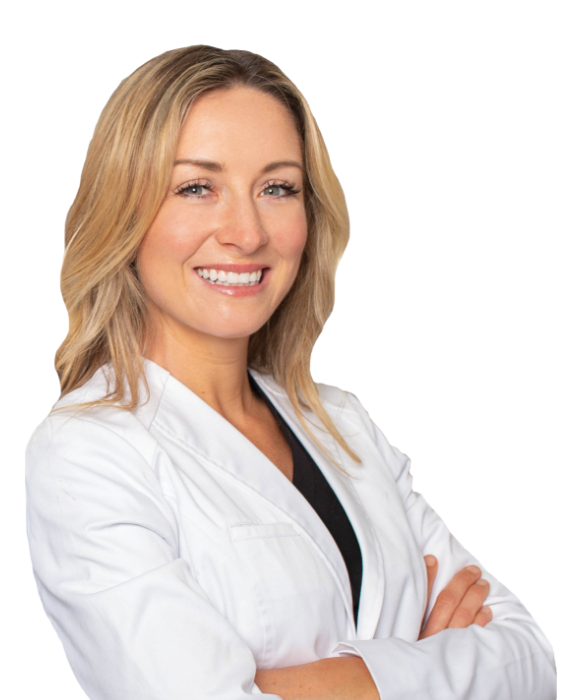Top Long Island Vein Doctors
What are the Treatment Options for Varicose Veins? We Describe the Best Vein Treatments in LI
What are the treatment options for varicose veins?
Varicose veins can be treated using a wide range of treatment options, both surgical and non-surgical. In the past, varicose vein treatments were always surgical, such as vein ligation, venous bypass surgery, and vein stripping. Vascular surgeries involved hospitalization, multiple excisions, and extended downtime, with a fairly high risk of complications. However, modern technologies have paved the way for minimally invasive varicose vein treatments, such as radiofrequency ablation, endovenous laser ablation, venaseal, and clarivein.
Unlike vascular surgeries, minimally invasive varicose vein treatments are in-office and outpatient procedures performed under local anesthesia. They generally involve one small incision or a few strategic injections, following which the patient can resume their daily activities. They’re safer than vascular surgeries, involve a lower risk of complications, and produce more consistent results. Unfortunately, some vein treatment centers still provide vascular surgeries, even though they’re now considered obsolete.
The vein doctors at our vein treatment centers in Long Island only provide the latest and safest minimally invasive vein treatments. Our vein doctors carefully examine your leg veins, discuss your symptoms, review your medical history, and perform ultrasound scans. They determine if you have chronic venous insufficiency, the root cause of most vein problems, and curate the appropriate vein treatment plan. We provide a brief description of our minimally invasive spider vein and varicose vein treatments in Long Island.
Radiofrequency Ablation
Radiofrequency ablation is one of the most popular minimally invasive procedures for vein disease. The vein doctor administers local anesthesia and makes a small incision on the skin’s surface. The incision is an entry point through which the vein doctor drives a catheter into the diseased saphenous vein under ultrasound guidance. Once the catheter is lodged in place, the vein doctor activates it to generate thermal energy, collapsing the diseased vein responsible for varicose veins. The accumulated blood reroutes into healthier leg veins, and the diseased vein eventually gets resorbed by the body.
Endovenous Laser Ablation
Endovenous laser ablation is one of the first minimally invasive varicose vein treatments. The vein doctor administers local anesthesia and makes a small incision on the skin’s surface. The incision is an entry point through which the vein physician inserts a catheter with a laser fiber into the problematic saphenous vein under ultrasound guidance. Once the laser fiber is lodged in place, the vein specialist activates it to generate laser energy. The diseased vein is collapsed, and the accumulated blood flows into healthier veins. Over time, the diseased vein gets absorbed by the body.
VenaSeal
VenaSeal is one of the latest minimally invasive procedures for varicose veins, having only recently received FDA approval. During this procedure, the vein doctor administers local anesthesia and injects a medical adhesive into the diseased saphenous vein under ultrasound guidance. The vein glue seals the diseased vein’s walls, turning it into a hardened tissue eventually absorbed by the body. Meanwhile, the accumulated blood reroutes into healthier leg veins to restore optimal blood circulation to the heart. This procedure doesn’t involve ablation, so there’s less risk of nerve injury, but it’s not yet covered by all insurance providers.
ClariVein
ClariVein is a unique treatment for extremely large, tortuous varicose veins that can’t be treated using other methods. The vein doctor administers local anesthesia to numb your skin’s surface and then makes a small incision. The vein doctor inserts a specialized catheter with a rotating wire tip through the incision and into the diseased varicose veins under ultrasound guidance. Once the catheter is in place, the vein doctor activates the device — the rotating tip damages the veins’ walls while injecting a sclerosant medicine to seal them shut. The diseased veins eventually get absorbed by the body.
Ambulatory Phlebectomy
Ambulatory phlebectomy is one of the most effective minimally invasive procedures for superficial varicose veins. The vein doctor administers local anesthesia and makes small incisions on the skin’s surface, through which the varicose veins are physically extracted. The incision marks gradually heal and fade away from the skin. This is a cosmetic procedure because it removes varicose veins without addressing the underlying venous insufficiency, so it must be performed after the primary vein treatment.
Sclerotherapy
Sclerotherapy is one of the most effective spider vein treatments available. The procedure involves injecting a special sclerosant chemical into the spider veins — one injection per spider vein. The sclerosant medicine fuses the spider veins’ walls, turning them into hardened tissues eventually absorbed by the body. The results aren’t immediately visible — the spider veins will gradually fade away from the skin’s surface as they’re resorbed by the body, which may take up to 3 weeks. You may also need multiple sessions for optimal results.
What causes varicose veins? How is a vein treatment plan designed?
Fragile or deteriorated valves may lead to varicose veins. There are arteries in the body that carry the blood from your heart to the rest of your tissues, and veins then return blood from the rest of your body back to your heart. The process is performed so that blood can be recirculated. The veins in your legs must work against gravity for returning blood to your heart.
The contractions of the muscles in your legs act as pumps, and elastic veins walls assist blood in returning to your heart. The small valves in your veins open the flow of blood back to your heart. Then this will hinder the blood from flowing in the backward direction. The weak or broken veins valves, blood might flow backward and pool in your veins, this might cause the vein to twist or scratch.
The vein treatment plan is designed in following the steps-
- Consultation with your vein doctor
- Diagnostic Ultrasound Imaging
- Education and Treatment Plan Discussion
- Endovenous Ablation
- Ultrasound Guided Sclerotherapy
- Post-Treatment assessment
We know health insurance is confusing so we will help you check if you’re covered:
FREE Coverage Checker:

Visit Our Long Island Vein Treatment Center
Long Island
Vein Specialists
Meet your Long Island NY Vein Doctor
With Harvard Trained Medical Directors, our vein clinic Long Island sources only the top spider and varicose vein experts in the country.


Change your life
Join thousands of happy patients just like you
Vein treatments are often covered by major medical insurances, including Medicare. How do you know if your insurance will cover your vein treatment?
Contact us
CALL US
Speak with one of our team members to ask any questions you may have, verify your insurance and book an appointment at your earliest convenience. (631) 629-1118
BOOK APPOINTMENT
You can give us a call at (631) 629-1118 or fill out one of our forms here to request a call back; one of our team members will call you and help you verify your insurance coverage before booking your appointment.
Get directions
Visit us at our Long Island Vein Treatment Center located at 481 West Montauk Highway.